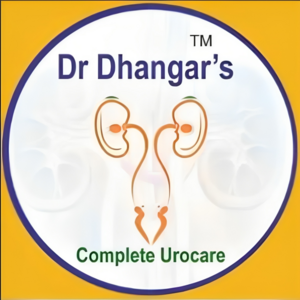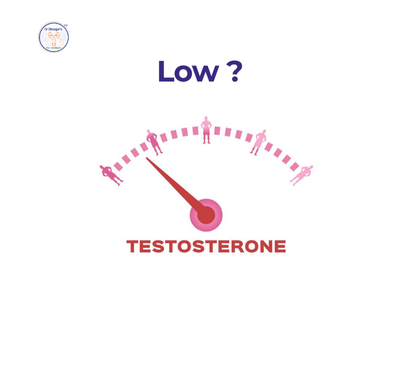Kidney stones (urolithiasis) are a major health issue in India’s “stone belt” (e.g., Maharashtra, Gujarat), affecting up to 5–7 million people annually and frequently requiring hospitalization. Urologists confront both the acute pain of renal colic and the risk of recurrence by offering acute management plus longer-term prevention. This guide helps Indian readers understand the full journey: passing stones, surgical options, and lifestyle strategies to prevent future episodes.
Understanding Kidney Stones & Symptoms
- What are they? Hard mineral deposits of calcium oxalate, uric acid, struvite, or cystine
- Symptoms:
- Intense flank pain radiating toward groin (renal colic)
- Blood in urine
- Nausea/vomiting
- Fever if infected
How Urologists Diagnose Stones
- Ultrasound – first-line, especially in pregnant women
- Non-contrast CT scan – gold standard for stone detection
- KUB X-ray – detects calcium stones
- Urinalysis & blood tests – check for infection, kidney function, metabolic causes
Pain Management & Initial Treatment
- Hydration – 2.5–3 L/day helps pass small stones (<5 mm)
- Medications: NSAIDs, mild opioids, alpha-blockers (e.g., tamsulosin) relax ureter for passage
- Anti-emetics to control nausea
When Intervention is Needed
- Stones >5–6 mm or severe, persistent pain
- Signs of obstruction/infection
- Failed passage after a few weeks
A. Extracorporeal Shock Wave Lithotripsy (ESWL)
- Uses focused shock waves to break stones (<2 cm)
- Ambulatory or day-care with mild sedation
- Best for stones in kidney or upper ureter
B. Ureteroscopy + Laser Lithotripsy (RIRS)
- Endoscopic laser fragmentation via urethra; no external cuts
- Often used for moderate-sized stones or those located in ureter
C. Percutaneous Nephrolithotomy (PCNL)
- For large or complex stones; small incision in back
- Can be done by ultra-mini PCNL
D. Open Surgery
- Reserved for rare cases with anatomical blockages or large/staghorn calculi
Prevention of Recurrence
Urinary stone recurrence is >50% without prevention .
Key strategies recommended by urologists:
Hydration – at least 2.5–3 L/day; urine should be clear
Dietary changes:
- Limit sodium, eat moderate animal protein
- Reduce oxalate-rich foods (spinach, nuts, chocolate)
- Add citrus fruits (lemon/orange) to increase urinary citrate.
Medications (based on stone type):
- Thiazide diuretics reduce urinary calcium
- Allopurinol for uric acid stones
Follow-up: Imaging and lab checks guide prevention plans
Role of Indian Urologists
- Advanced laser and robotic techniques.
- Physicians like Dr. Dilip Raja and Dr. Janak Desai driving minimally invasive innovations
Recovery & Lifestyle Post-Treatment
- Stay hydrated
- Resume gentle physical activity
- Temporary stents post-PCNL or RIRS may cause discomfort
- Return to routine within days–weeks
Cost Estimates in India
| Procedure | Estimated Cost |
| ESWL | ₹20,000–₹50,000 |
| URS + Laser | ₹40,000–₹1,00,000 |
| PCNL | ₹60,000–₹1,50,000 |
| Medical & Lifestyle Management | ₹5,000–₹15,000 annually |
Kidney stones are painful and recurrent—but modern urology in India offers effective pain relief, minimally invasive procedures, and comprehensive preventive plans. Building a partnership with a trusted urologist ensures immediate relief and long-term stone discipline through hydration, diet, and regular follow-up.
FAQ
Q1. Can all stones be managed conservatively with fluids alone?
Small stones (<5 mm) may pass with hydration, pain control, and alpha-blockers. Larger stones usually need intervention like ESWL or RIRS based on size and symptoms.
Q2. Are there side effects from shock wave lithotripsy?
ESWL is generally safe. Rare side effects include mild hematuria, flank pain, or prolonged stone fragments needing retreatment—your urologist will advise.
Q3. Should I get metabolic evaluation after a stone episode?
Yes, especially for recurrent stones. A 24-hour urine test helps guide long-term prevention through tailored diet and medications




